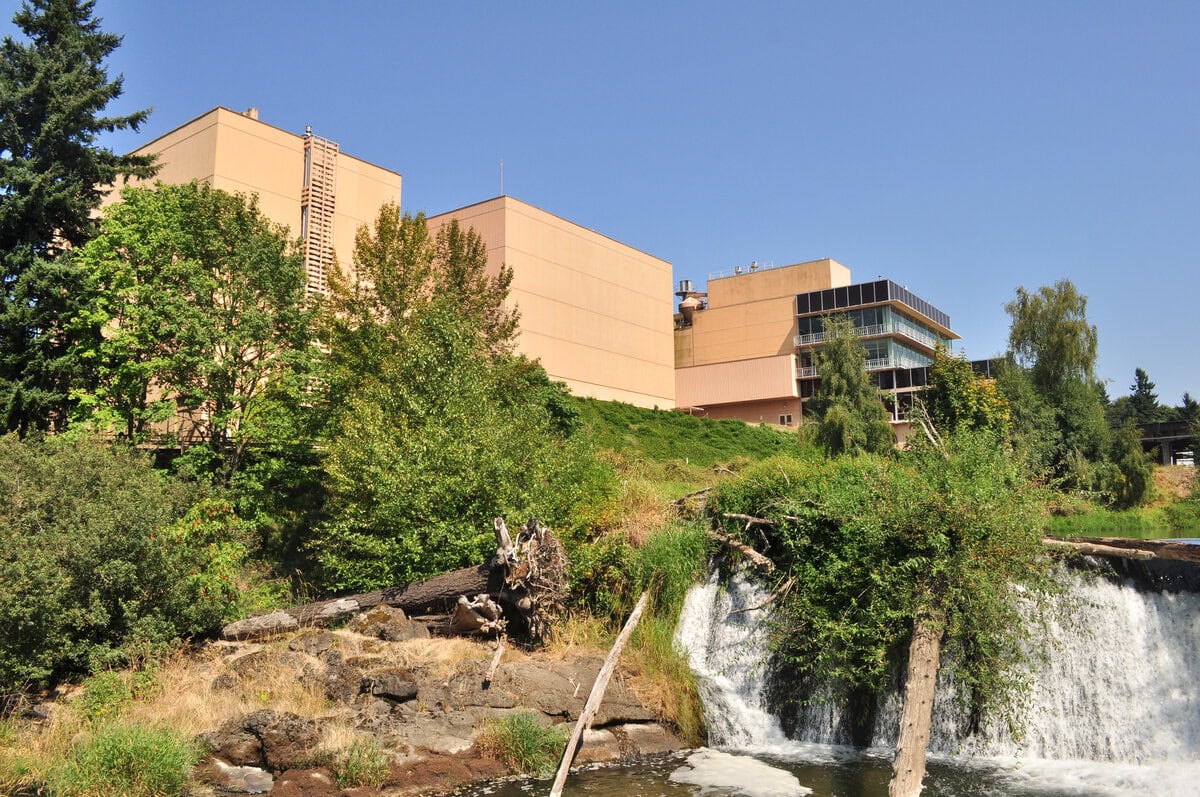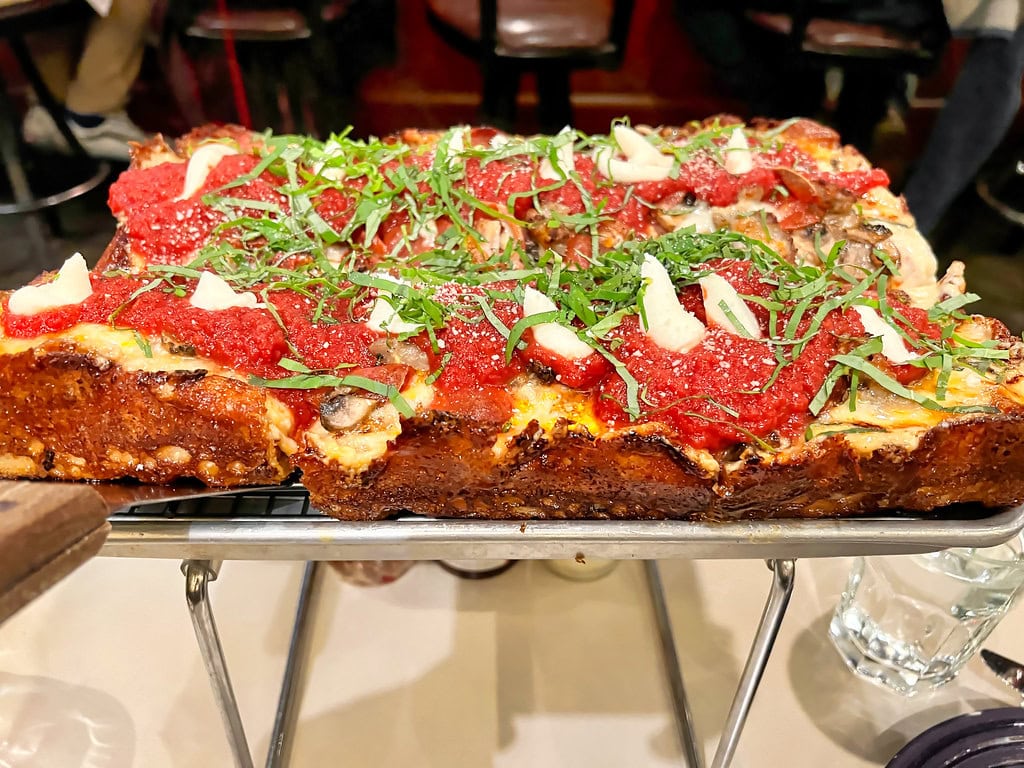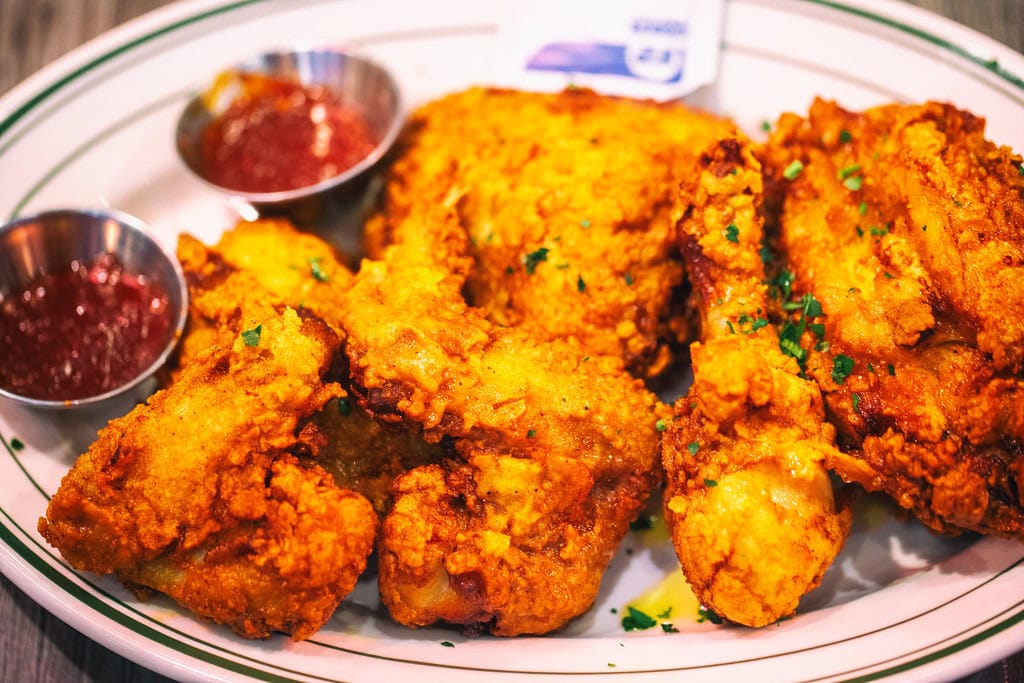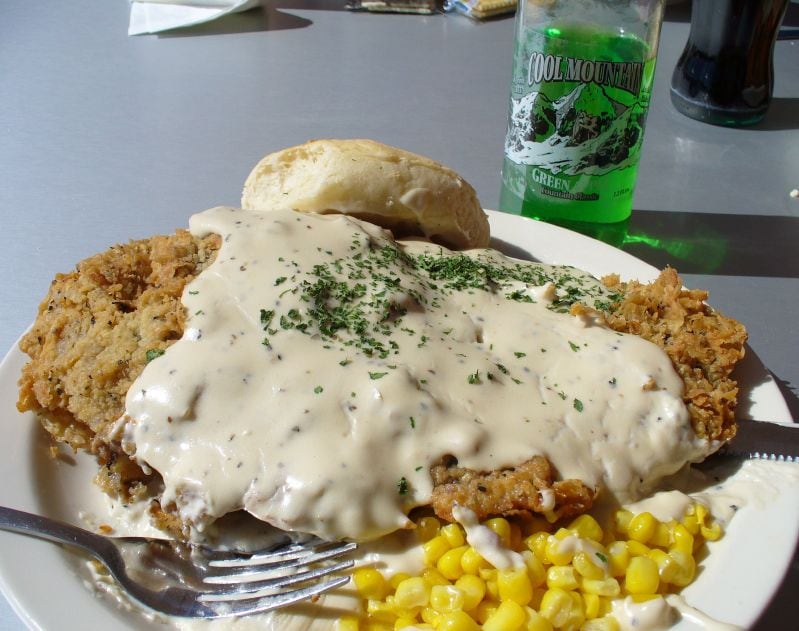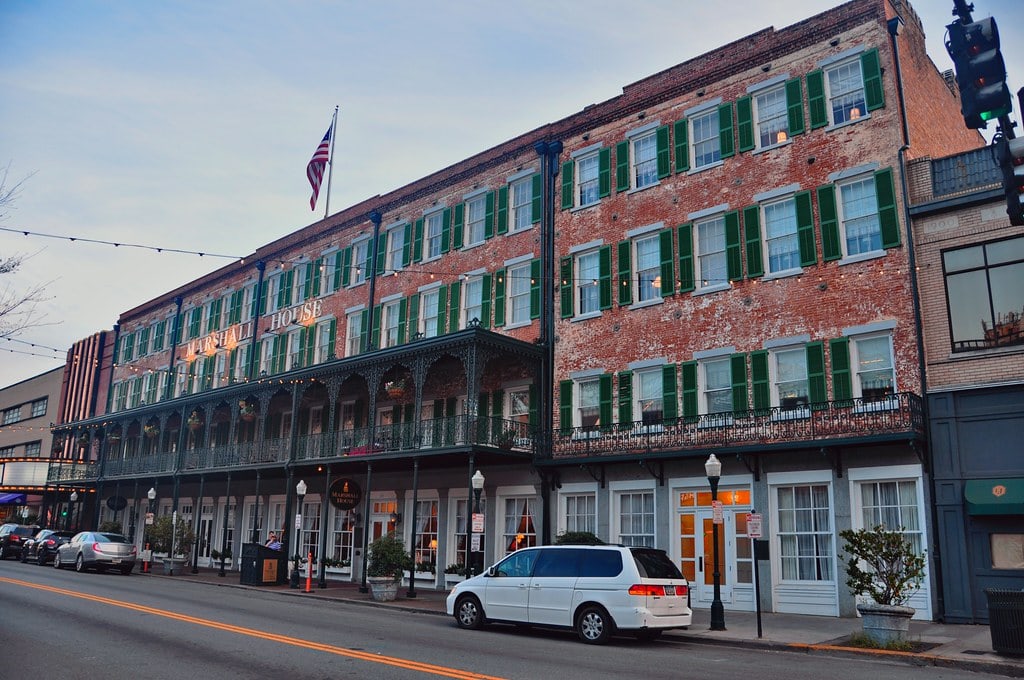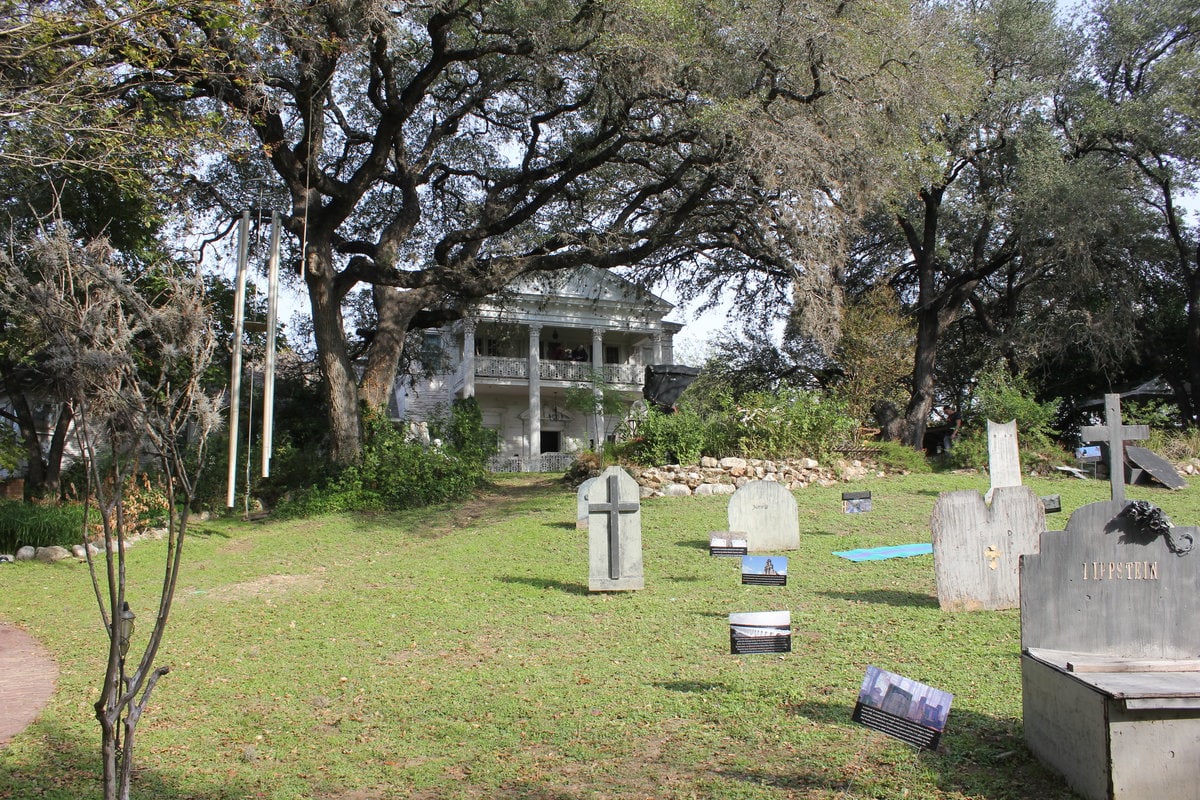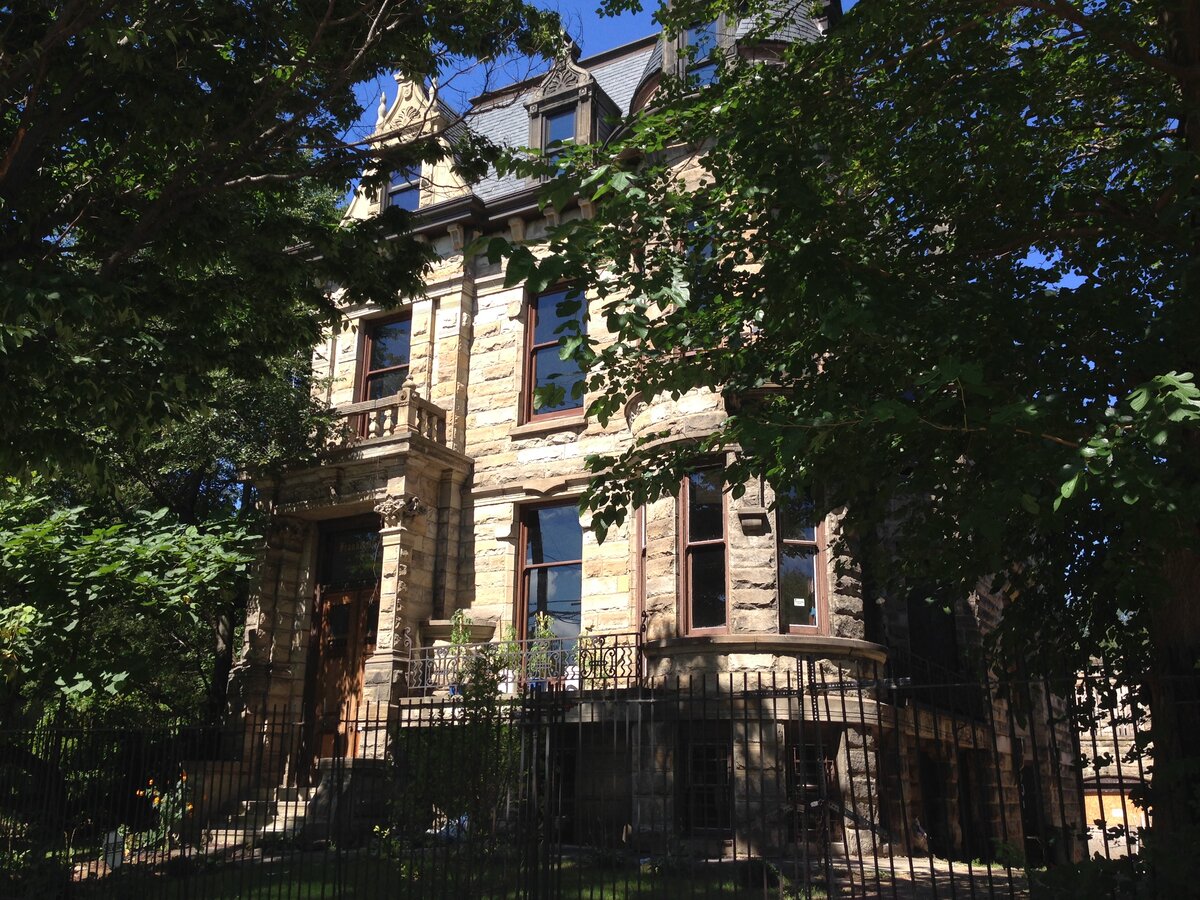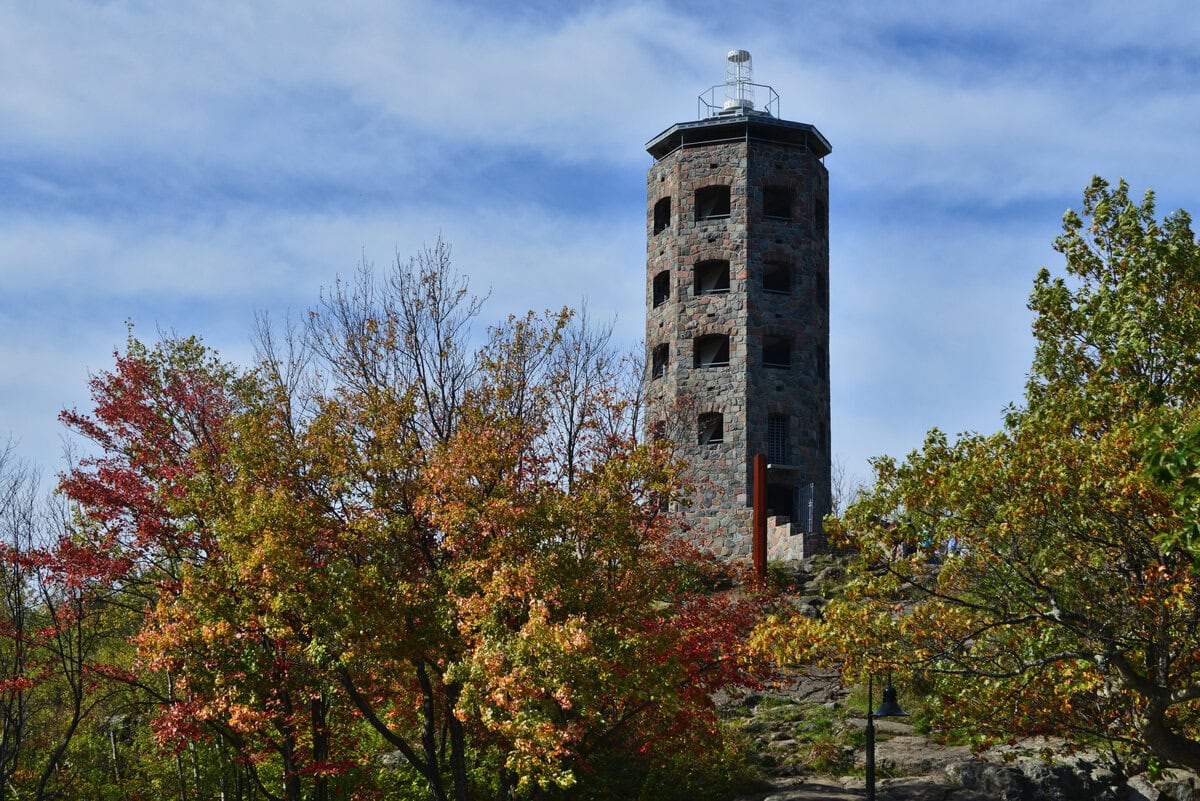Breaking Ground at Fargo's Retail Crossroads
The wind moves fast across open fields in Fargo, North Dakota. On August 2, 1972, it swept past something new.
That morning, West Acres Shopping Center opened its doors near the junction of Interstates 29 and 94.
Developed by William A. Schlossman and a group of investors, West Acres wasn't placed downtown.
It was planted on the outskirts, betting on traffic, sprawl, and parking - more than 5,000 spaces.
It offered 560,000 square feet of space and three department store anchors: Sears, DeLendrecie's, and Dayton's.
Dayton's arrival was especially bold. The Minnesota-based retailer had never opened a location outside its home state.
Its entry into North Dakota said more than a press release ever could. Inside, polished escalators hummed, perfume counters lit up, and the scent of fresh plastic bags drifted from the checkout lines.
DeLendrecie's, once the crown jewel of downtown Fargo shopping, had moved too - leaving Broadway for the new mall's climate-controlled interior.
Along with Sears, it created a triangle of anchors that drew shoppers from as far as Grand Forks and Moorhead.
The mall wasn't just commerce. It featured the Fountain of Abundance, created by Minnesota State University Moorhead professor P. Richard Szeitz.
The copper sculpture rose with curled arms, throwing light across terrazzo floors in front of Dayton's.
It would later be moved - but in 1972, it was the centerpiece.
West Acres opened at a time when enclosed malls were still rare in the Upper Midwest.
Few indoor options for year-round shopping existed, and even fewer offered a new experience.
For many families, it was quickly added to the list of things to do in Fargo, North Dakota - a place to escape snow, shop, eat, and stretch out on a Saturday.
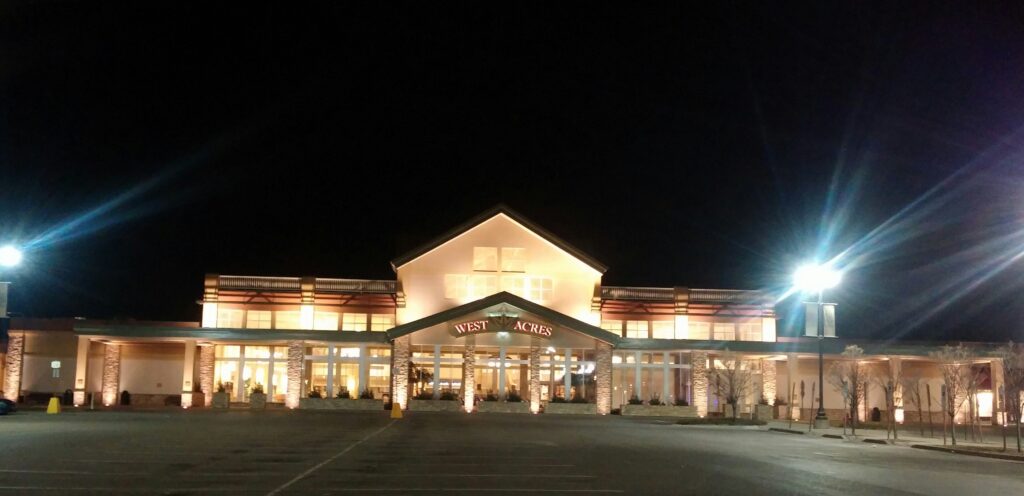
Rebrands, Remodels, and Retail Realignment
By 1979, West Acres had already changed. A fourth anchor moved in - JCPenney. It filled a corner of the growing mall, adding another national name to the roster. More foot traffic followed.
The next two decades brought more turnover. In 1998, DeLendrecie's became Herberger's. The local department store identity faded into the Bon-Ton portfolio.
One year later, the owners broke ground on a centralized food court, which opened with 750 seats and a bright, open layout by 2000.
That area would eventually include Subway, Panda Express, and local options like Grand Junction.
Department stores were rebranding, too. Dayton's, which had first opened in 1972, switched names in 2001. It became Marshall Field's.
Five years later, in 2006, Macy's took over. West Acres didn't get a new tenant - just new signs and merchandise under a different logo.
As the mall evolved, so did its layout. The Fountain of Abundance was moved during the construction of the food court and now stands near JCPenney.
It still catches sunlight through skylights in the main corridor.
By the mid-2000s, West Acres had hit full occupancy. National tenants filled the wings - Abercrombie & Fitch, American Eagle, and Victoria's Secret.
The sales floors stayed busy, especially during back-to-school and holiday seasons.
In 2007, the Lake Agassiz Arts Council recognized the mall as a Business Art Advocate, pointing to its long-standing support of public art.
Inside, pieces by artists like Walter Piehl, Black Pinto Horse, and Dan Jones were installed on walls and in alcoves.
Murals appeared near entrances. Sculpture displays filled open corners. The art wasn't promotional - it was part of the architecture. Part of the branding, too.
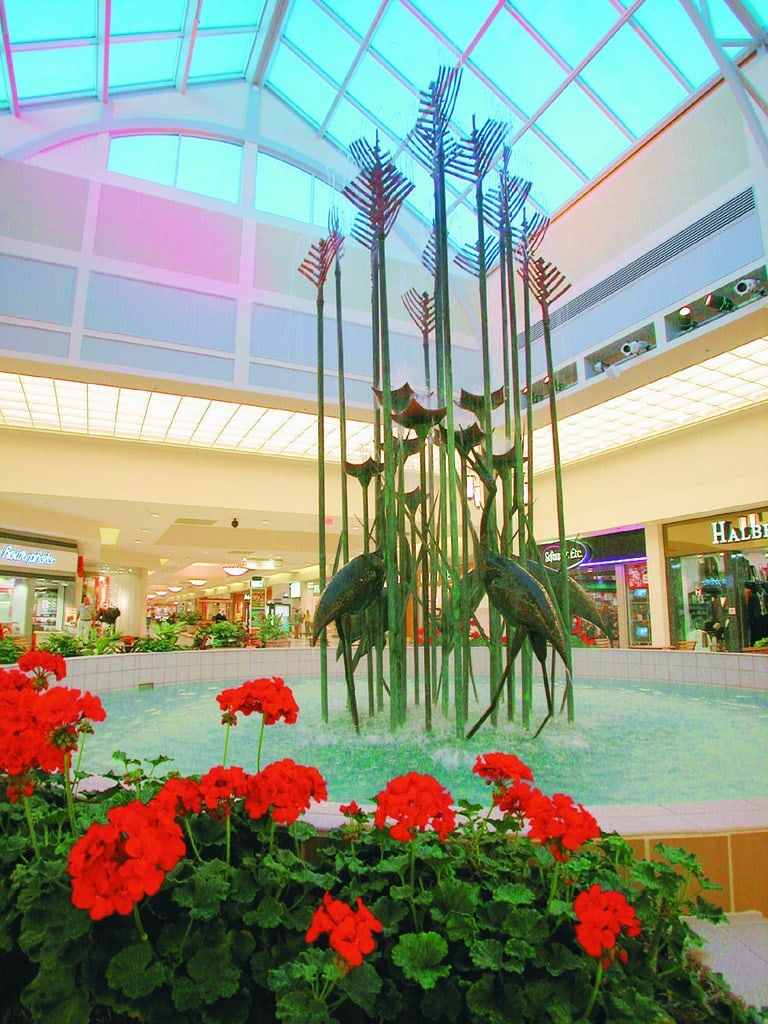
Closures, Repurposing, and the Push to Diversify
The Sears at West Acres closed in 2017. The announcement came quietly at first, then spread. Employees packed boxes. Doors shut. A huge space sat empty in the east wing.
It wasn't the only vacancy. In 2018, Bon-Ton filed for bankruptcy and closed every Herberger's location - including the anchor at West Acres.
Two of the mall's four original anchors were gone.
Best Buy saw an opportunity. It moved into the part of former Sears building, a shift that transformed the electronics chain from a small mall entrance into a full-scale anchor footprint.
The old Best Buy space didn't sit unused for long - Boot Barn, Guitar Center, and Foss Swim School opened there.
West Acres had started to do something different.
Instead of waiting for national retailers to return, they split up other part of the former Sears wing, and in late 2019, a new project launched: The District.
Phase 1 of The District brought Crave opened with a full bar, booths, and patio seating along the south side of the mall.
Plans for more dining options were announced as part of a long-term, multi-phase approach.
At Home had been slated to move into Herberger's space. In April 2019, the brand confirmed it, but it never happened.
That space remained empty until 2022 when West Acres Development LLP purchased the property outright at auction.
Brand Identity Through Culture, Community, and Play
Inside West Acres sits a display case filled with baseball jerseys, gloves, and photos.
The Roger Maris Museum doesn't take up much space, but it's one of the mall's most recognizable features.
Visitors walk past it every day - on their way to the food court or a new pair of shoes.
The museum, built into a glass wall, honors the Fargo-born Yankee who hit 61 home runs in 1961.
There's no admission fee. Just a bench, a few trophies, and a reel of interviews playing on a loop.
Since the early 2000s, West Acres has worked with local artists and the Plains Art Museum to turn empty wall space into galleries.
Some pieces hang permanently, while others rotate through the Aptitude Creative Studios, a working art space adjacent to Best Buy.
Aptitude gives regional artists room to paint, sculpt, and sell their work - all inside a commercial space.
It opened as part of a partnership in 2018, offering subsidized studios and foot traffic.
West Acres promoted it as a new way to blend commerce and creativity.
New Leasing, Full Occupancy
The Herberger's space sat dark for years. Then, in May 2023, Von Maur announced it would open a 90,000-square-foot department store inside West Acres.
The store is under construction now - targeting a Spring 2025 opening. It's the first Von Maur location in North Dakota.
That deal closed a loop. West Acres purchased the Herberger's building at auction in January 2022 after Bon-Ton's bankruptcy.
Owning the property outright gave mall management full control over redevelopment timelines and leasing terms.
With Von Maur signed, all four anchor spaces are now full: JCPenney, Macy's, Best Buy, and the soon-to-open Von Maur. There are no vacant anchors.
West Acres remains under the management of West Acres Development LLP, a private, Fargo-based ownership group.
On paper, the property looks stable. All anchors are accounted for, high-traffic tenants are in place.
In a market where malls have emptied or been bulldozed, West Acres has held its square footage - and added to it.
Turnover, Openings, and a Spring Reset in 2025
West Acres' leasing team also traveled to Las Vegas in May 2024 to attend the International Council of Shopping Centers Convention.
They collected public input on desired stores. Names like IKEA and Trader Joe's topped the list, but neither was confirmed, but both were noted.
On a quiet Tuesday in February 2025, signs went up inside Forever 21. They offered up to 40% off - storewide. By the end of the week, employees knew the location was closing.
The chain, once a staple for teens and fast fashion, is preparing for another round of national downsizing. At West Acres, this closure shrinks the fashion wing.
However, this spring, MINISO is arriving. The international lifestyle brand is opening its first North Dakota location at West Acres.
Their shelves will carry branded items from Hello Kitty, Disney, Barbie, and Pixar - cosmetics, kitchenware, and toys - all at low price points and in soft pastels.
The store's opening is slated for spring 2025.
Meanwhile, the mall is preparing for a larger event. Von Maur will officially open on April 5. On opening day, the ribbon-cutting is scheduled for 9:45 am. Live music and gift card giveaways are part of the plan.
March brought the 15th Annual Unglued Craft Festival with over 80 handmade vendors. A Winter Farmers Market followed, filling the corridor with local art, hot food, and small-batch jams.

